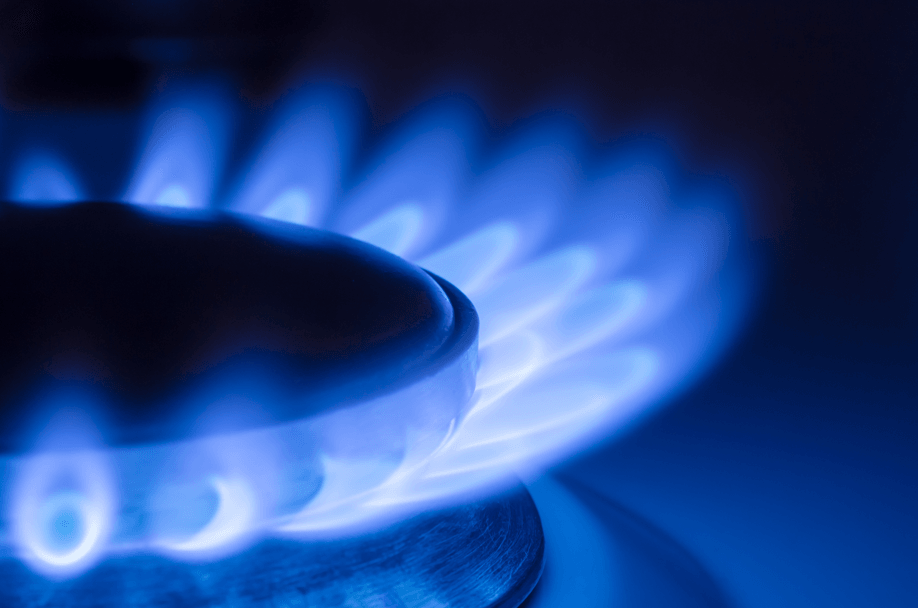Sustained action needed to drive Victoria’s gas sector transformation to net zero

Immediate and sustained action by the Victorian Government to support proven, low carbon solutions including energy efficiency, targeted electrification, hydrogen and biogas is needed if Victoria’s gas sector is to reach net zero emissions by 2050, the state’s independent infrastructure advisory body says.
Transforming Victoria's gas sector
Infrastructure Victoria explains how Victoria can transform the gas sector and achieve its emission reduction targets.
"The gas sector we have today will need to look very different in 2050 if we are to achieve net zero emissions,” Infrastructure Victoria CEO Dr Jonathan Spear said.
“With more than 2 million household, business and industry gas customers in Victoria, this transformation is a task of great scale and complexity. But it is achievable if we begin now. Taking action this decade on transforming the gas sector is necessary if we are to reduce the risks posed by climate change and seize the opportunities of a clean economy.”
Informed by extensive research, modelling and stakeholder input, the Towards 2050: Gas infrastructure in a net zero emissions economy – final report is an input to the Victorian Government’s Gas substitution roadmap (released on Saturday 2 July).
It is the first independent, state-wide analysis of the implications of the energy transition for Victoria’s extensive gas infrastructure assets.
At the request of the government, Infrastructure Victoria explored the future of Victoria’s gas infrastructure under a range of 2050 net zero emission scenarios. The advisory body makes 11 recommendations to the Victorian Government to help Victoria maximise the use of existing gas infrastructure and benefit from the transformation ahead (see summary at end of page).
It finds many of Victoria’s gas assets can be repurposed to accommodate low emissions technologies, but not without further assessment and resolving logistical challenges.“
By 2050, some of our existing gas infrastructure may be decommissioned while other parts of the network could be reconfigured to accommodate hydrogen, bioenergy and carbon capture and storage,” Dr Spear said.
“Detailed planning and investment support now will position Victoria to maximise the job and export opportunities of decarbonisation.”
The report finds that action now and over the next decade will be crucial.
The path to change
“The challenge from now to 2030 is to reduce emissions as much as possible with proven methods such as energy efficiency and bioenergy, while also laying the foundations for accelerated emissions reduction in the 2030s, once we have determined whether new technologies such as hydrogen and CCS are proven at scale and the electricity market has further decarbonised,” Dr Spear said.
Substantial and ongoing investment in energy efficiency measures is needed across residential, commercial and industrial sectors, at least until 2040. This will reduce Victoria’s overall natural gas demand and maintain supplies for critical purposes, such as manufacturing and gas-fired electricity generation support.
“Government should increase its support for consumers, especially those on low incomes, to make sensible changes such as switching from gas ducted heating to a split system, which can save the average household around $335 per year on running costs,” Dr Spear said.
“Burner and boiler upgrades, heat recovery and installation of heat pumps can also achieve significant emissions and cost savings across the industrial and large commercial sectors.”
Infrastructure Victoria’s report says the early 2030s will be a crucial trigger point to decide the future of renewable gases in Victoria in line with technological developments and emissions reduction goals. New appliances will be needed across households, commercial and industrial users if hydrogen or electricity are to replace natural gas at scale.
“Hydrogen generated by renewable energy has significant potential as a relatively decentralised, affordable, zero emissions energy source that can deliver jobs across regional Victoria,” Dr Spear said.
“Existing projects seeking to establish a supply chain of hydrogen production in the Latrobe Valley, together with carbon capture and storage, will complement these investments. Technology is continuing to evolve, and it is prudent to plan and invest in a portfolio of options.”
Gas infrastructure planning must also consider the intersection with other key segments of the economy including electricity, transport, agriculture, waste and water.
“Governments, businesses and industry face a test navigating uncertainty in technology development, economic feasibility, and consumer choice,” Dr Spear said.
“But this complexity and uncertainty cannot delay action in transforming Victoria’s gas sector to net zero emissions. The scale of the global warming challenge means we must act now. If we don’t start taking action to reduce gas sector emissions, Victoria will not reach its net zero emission targets under the Climate Change Act.”
“With strong leadership from government and the private sector, Victorians can benefit from the gas sector’s transformation ahead with new jobs, cheaper energy bills and a safer climate.”
Read our recommendations in Victoria’s infrastructure strategy 2021–2051.